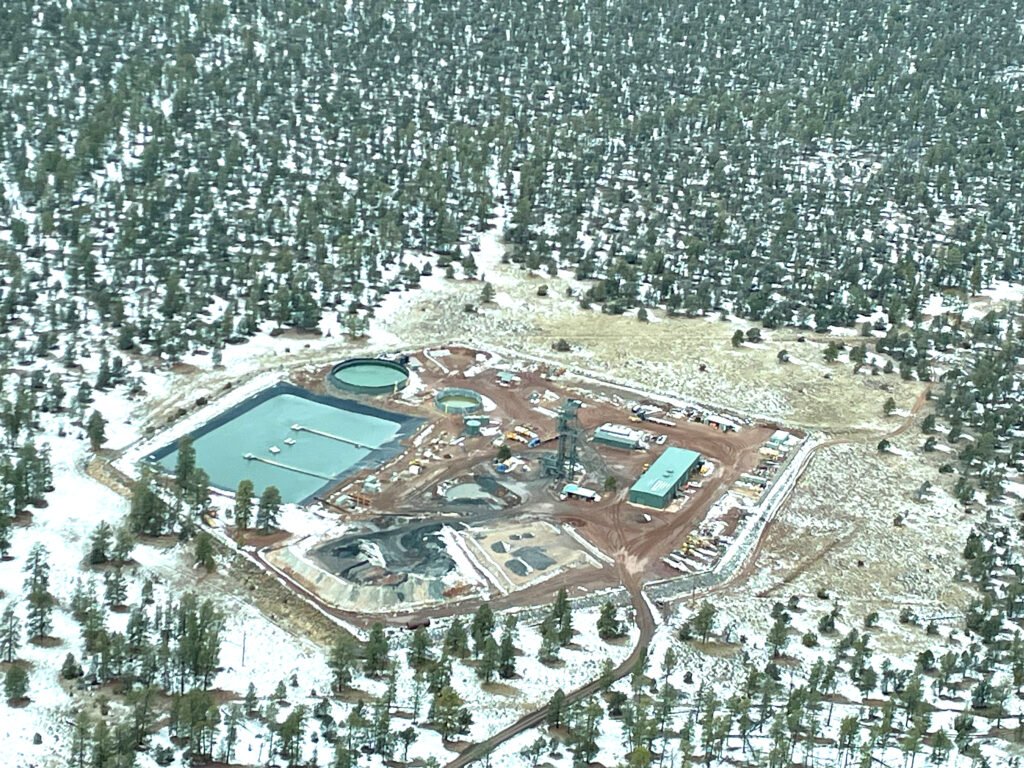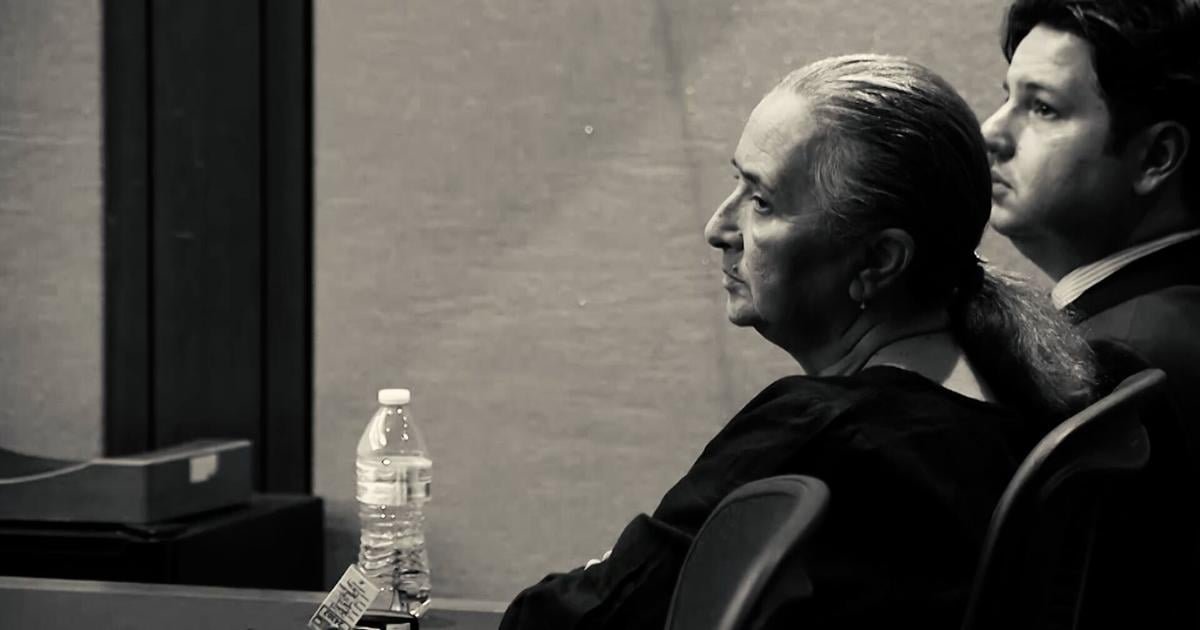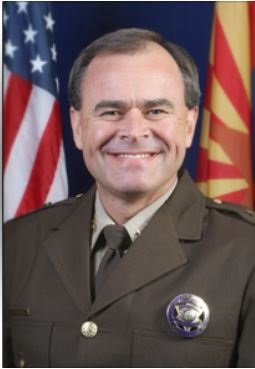First Published: February 27, 2024 at 7:50am
FLAGSTAFF, Ariz. — The Coconino County Board of Supervisors reaffirmed its opposition to the Pinyon Plains uranium mine at its Feb. 20 regular meeting.
Supervisors unanimously approved a resolution calling for the mine's closure and several environmental protection requirements.
One of the Seven Wonders of the World, the Grand Canyon, home of the Havasupai people and the jewel of Coconino County, is at risk of contamination from the Pinyon Plains uranium mine, just outside the south entrance to the park, home to 4.5 million people. . to visit annually, the resolution states.
The mine sits on top of the Redwall Mu'av Aquifer, which supplies streams and springs throughout the Grand Canyon, and is the sole source of agricultural and drinking water for the Havasupai people who live in the village of Spai at the base of the Grand Canyon. It has become.
The Pinyon Plains Uranium Mine is already extracting ore and determining a route through Coconino County and tribal lands to the plant in southern Utah. Ore is transported by truck through rural communities, where accidents can cause irreparable damage to watersheds and impact air quality for residents.
“Baaj Nwaavjo I’tah Kukveni — The creation of Grand Canyon National Monument Ancestral Footprints permanently protects nearly 1 million acres of land around the Grand Canyon from future uranium mining. However, existing mining permits It remains in effect,” said District 1 Supervisor Patrice Horstman. “The Pinyon Plain Mine is extracting ore that threatens the very existence of the Havasupai people and their homeland.”
It is estimated that 1.3% of the U.S. uranium deposits are located in the Grand Canyon region. Shutting down all uranium mining would not meaningfully impact U.S. energy independence or its nuclear energy portfolio, regulators said.
“We cannot put the Grand Canyon in jeopardy for a variety of reasons: first, the Havasupai homeland, second, other indigenous peoples who consider this sacred land, and third, the Grand Canyon as a special place.” The rest of us think so,” said District 2 Supervisor and Board President Geronimo Vazquez. . The Coconino County Board of Supervisors has long opposed uranium development near the Grand Canyon and its watershed and has passed various resolutions over the years.
To view the full resolution, visit https://coconino.az.gov/DocumentCenter/View/61935/Resolution-2024-09.
















